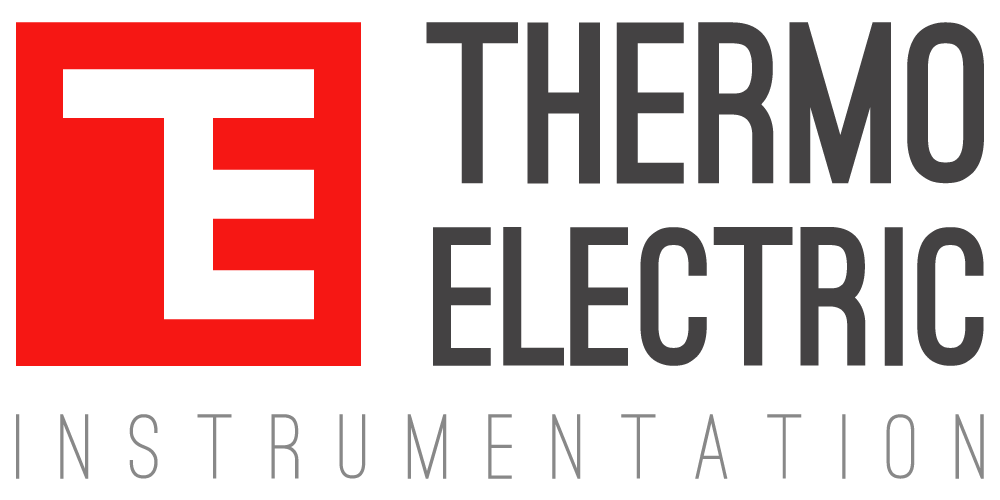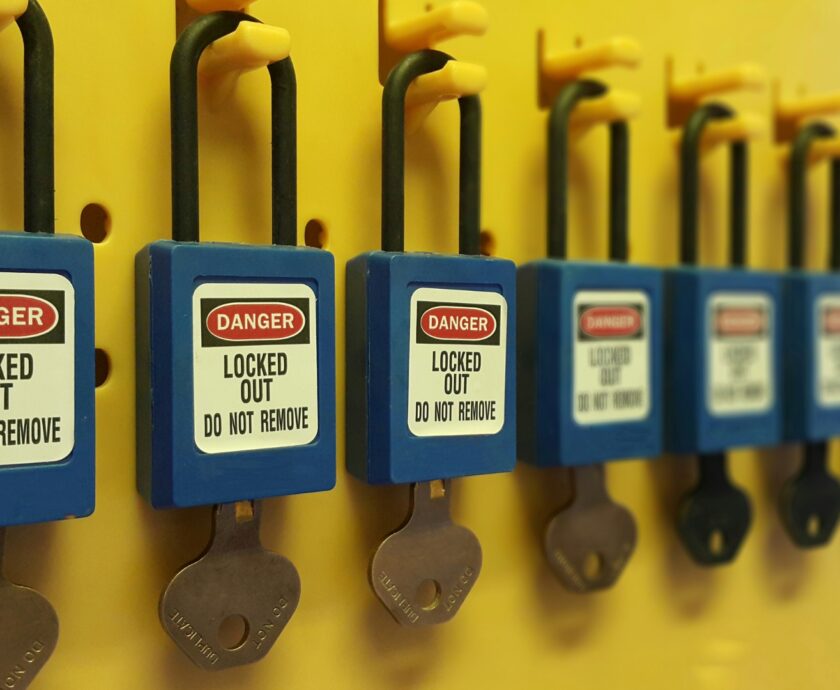Accurate and reliable temperature measurement is critical to process efficiency, energy optimization, and product quality across diverse industrial sectors, including chemical, petrochemical, oil and gas, power generation, and semiconductor manufacturing. As temperature is often the most commonly measured variable in process control, mastering its measurement is essential.
This guide provides a concise overview of core technologies, component selection, installation practices, and diagnostics that underpin high-performance temperature measurement systems.
Understanding the Fundamentals: Sensors, Thermowells and Transmitters
An industrial temperature measurement system typically includes sensors (such as RTDs or thermocouples), thermowells, and transmitters. Each plays a distinct role:
- Sensors: RTDs provide high accuracy and stability for temperatures typically up to 500°C. Thermocouples, based on the Seebeck effect, are suited for higher temperatures and rugged conditions. Sensor selection must consider material properties, response time, stability, wiring configuration, and the application’s temperature range.
- Thermowells: Protect sensors from harsh conditions and allow removal without process shutdown. Proper thermowell design, material selection, and vibration analysis (per ASME PTC 19.3 TW) are essential to system durability.
- Transmitters: Convert sensor signals (from RTDs or thermocouples) into standardised outputs like 4-20 mA analogue, digital protocols (HART, Fieldbus, PROFIBUS), or WirelessHART. Quality transmitters offer signal isolation, intelligent filtering, diagnostics, and support for single, dual, or multipoint measurement.
Sensor Technology: RTDs and Thermocouples
- RTDs: Based on predictable changes in resistance with temperature. They offer high precision and are preferred in stable temperature applications. A 4-wire configuration minimizes resistance error.
- Thermocouples: Generate voltage from temperature differences across dissimilar metals. Suitable for wide temperature ranges and high-vibration environments. Types (e.g., J, K, T, N, R) differ by material and output characteristics.
Sensor selection should match process requirements for accuracy, stability, cost, and environmental conditions.
Thermowell Design and Vibration Considerations
Thermowells must balance mechanical strength with response time. Key design points include:
- Material selection: Corrosion-resistant alloys (Inconel, Hastelloy) based on process media.
- Mounting style: Threaded, welded, flanged.
- Stem profile: Straight, stepped, or tapered.
Vortex-induced vibration (VIV) poses failure risks. Adhering to ASME PTC 19.3 TW and using innovations like helical strakes or twisted profiles can mitigate VIV by up to 90%.
Best Practices in Selection and Installation
- Understand process conditions: Fluid type, pressure, flow, and temperature.
- Use design tools: Such as Wake frequency calculators.
- Match sensor to application: RTDs for accuracy, T/Cs for ruggedness.
- Ensure correct installation: Use proper torque, clean surfaces, and short lead wires.
- Document installations: Maintain detailed installation, operation and maintenance
Wrapping Up
Mastering temperature measurement involves understanding the technologies, applying best practices in selection and installation, and utilising advanced diagnostics for ongoing performance optimisation. With our expertise and engineered solutions, you can ensure your systems deliver the accurate, stable, and reliable data needed for optimal control and safety in every process environment.



